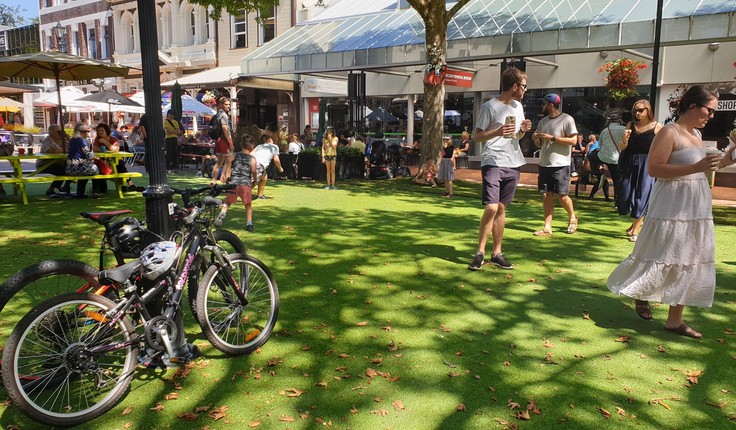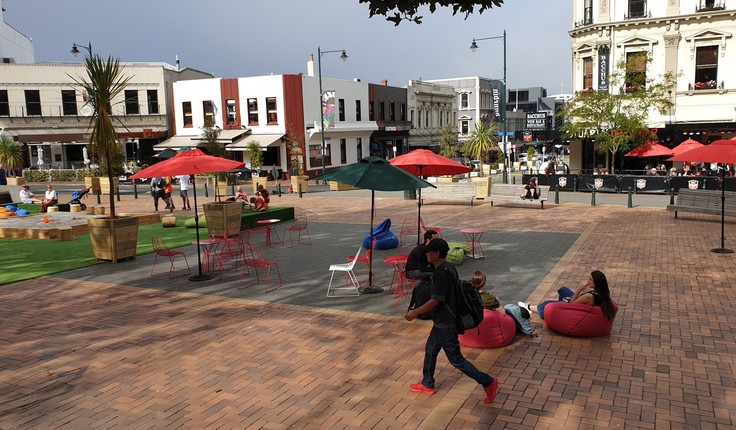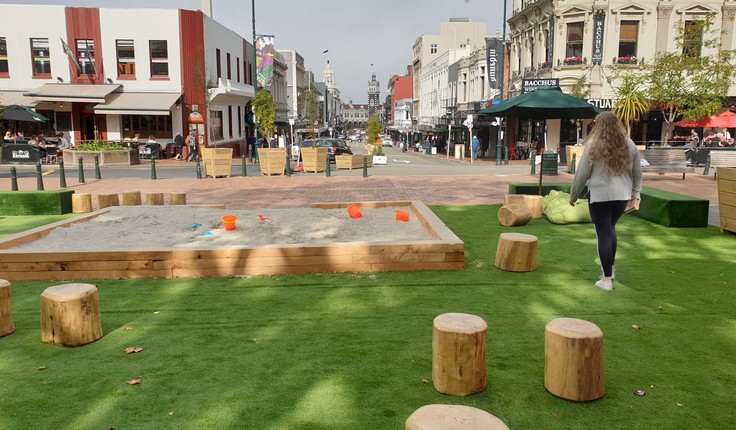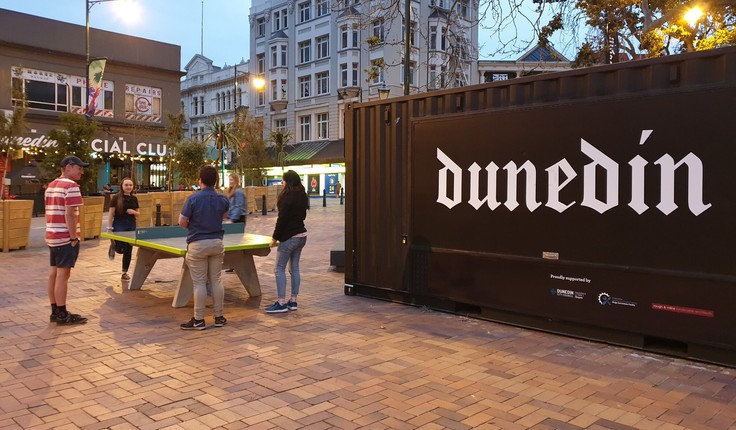News
Making places better for people
Posted 05 06 2020
in Magazine, News

By Den Aitken
Public space is a city’s literal common ground - the spaces where people come together as friends, neighbours and citizens. They are the places we share; streets, parks, markets, public buildings and more, and are the sites whereby most human exchange occurs. An exchange that the social, cultural, environmental and economic values of our communities depend upon for survival.
Which are some of the reasons I find the public arena such an interesting space to work in, and why we spend so much of our energy trying to better understand what conditions most influence public life. Because once we have a clearer understanding of how people interact with public space we are better equipped to help make these places better meet the needs of the people who live, work and visit them.
Renowned architect Jan Gehl was once quoted as saying that “a good city is like a good party - people stay longer than really necessary, because they are enjoying themselves”. We have all been to a good party we didn’t want to end, and while we may not have been acutely aware of why this was the case, an interplay of factors will have been influencing this feeling, from the music, to the food, to the drink, and of course the people. The same can be said of great public spaces – only in these spaces we are more heavily influenced by comfort, safety, access, climate and the activities that we can engage with. And again, like a good party, the people.
Which, in the current context of Covid19 begs the question – how can we maintain the vital social, cultural and economic exchanges that occur when we come together, and are paramount to the wellbeing of our communities, when coming together could have such detrimental outcomes?
We have seen numerous social distancing practices employed over the last few weeks at our banks, supermarkets and coffee houses, many of which have been utilitarian in function, and perhaps rightly so. However, as the weeks go by, are there perhaps more people focused methods that cities can employ that bring us together, while keeping us safely apart?
A quick google search of ‘tactical urbanism’ projects will return numerous national and international responses that plan to do just this. Many of these projects reclaim space otherwise allocated to cars, to support pedestrian and bicycle activity, and in doing so seek to stimulate local economies and support community wellbeing. And we know from our study of public space, that coming together is central to the social, cultural and economic fabric of our communities. This exchange is the very reason so much of the world’s population live, work or visit urban spaces.


Our own practice has been working locally with Nelson City Council, who moved very quickly to rethink how their city centre could better meet the changing needs brought about the virus. From a reallocation of parking spaces, to footpath widening, to traffic calming measures (including emergency speed reductions), an early mandate was set for bringing life back to the city centre.
The challenge, now that most of our public spaces are again ‘back-to-business’, is what can we do to ensure that our streets, squares and open spaces are more resilient - capable of sustaining public life (amidst both daily life and public crisis), active, comfortable, safer, better connected, and more likely to stimulate our local economies? All of which improves our individual health and wellbeing, and in turn the health and wellbeing of our communities.
The first, and most important step lies in appreciating that people make our cities, and to paraphrase author and activist Jane Jacobs, it is to them that we must make our plans. And to do that our public spaces – streets, parks, squares and more - need to prioritise the needs of people. They need to be human scaled, where people feel welcome, important, and safe. Those who have walked or cycled along urban streets over the last few weeks, particularly with more vulnerable users, will have felt a sense of freedom and empowerment that comes when people have safer, less restricted movements.
Important too is the need for public spaces to accommodate a desire to come together, while maintaining our need for intimacy and personal space, generous, with space for passive and active recreation – places to play, places to rest, to move and stop. Those living the last few weeks in environments where access to open spaces was not possible will be acutely aware of why this is so valuable. As will those fortunate enough to have had, and made use of open space.
And critically, our public spaces need to be gracious, acknowledging that public space is our common ground. They are the places where we can all come together and celebrate what it is that makes us unique, and like no other place in the world. And, while the physical manifestation of this change will look different for every city, town and community, those that have the greatest resilience, are those that prioritise public life and the social, cultural, economic and environmental values that come with it.
Den Aitken is the Director and Design Principal at AitkenTaylor. He is a registered landscape architect with broad experience across local government, academia and private practice.
Share

19 Dec
Christmas break 2025

see you from 12 January
As we wrap up another big year, we’re taking a moment to pause, breathe, and enjoy a well-earned break. Meri …
18 Dec
President’s update

December 2025
Earlier this month I attended the Ngā Aho Māori Design Professionals Wānanga-ā-Tau at Te Aranga Marae in Flaxmere. Tuia Pito …
18 Dec
Awards 2026 update

An update as we warm up for the 2026 Awards kaupapa. Submissions will open in March and will run for …
Events calendar
Full 2026 calendar